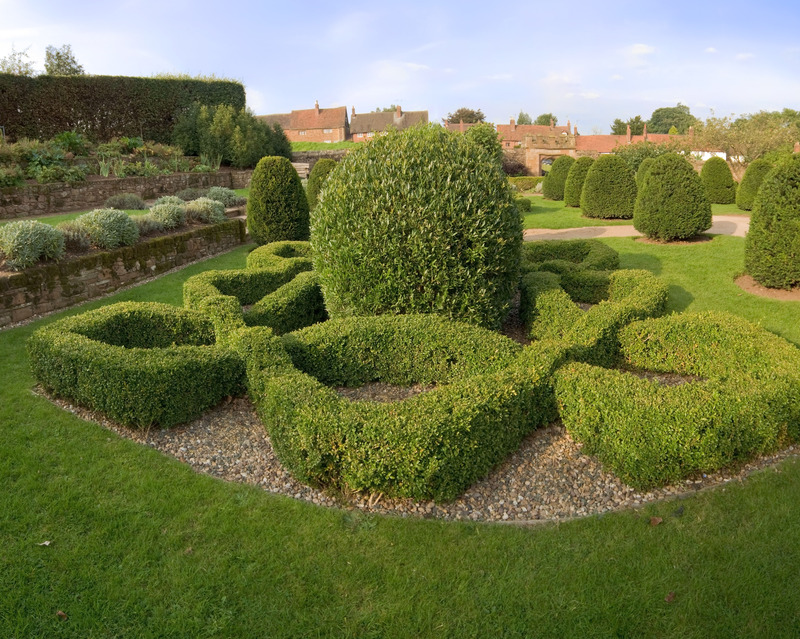Autumn Hedge Trimming: Expert Advice
Posted on 24/05/2025
As summer transitions into autumn, your garden undergoes numerous changes. Among these, managing and maintaining your hedges becomes particularly important, especially as they prepare for the winter months. Hedge trimming in autumn is a pivotal task that can enhance the health and aesthetics of your garden. This article delves into expert advice on autumn hedge trimming to ensure your hedges remain in optimal condition.
Why Autumn Hedge Trimming is Important
Autumn is an ideal time to trim your hedges for several reasons. The cooler temperatures make it less stressful for the plants, and there is still enough growing season left for your hedges to recover and set buds for the next year. Additionally, trimming hedges in autumn helps to prevent disease and pest infestations, as many pests tend to take shelter in overgrown areas.

Understanding Your Hedge Type
Different types of hedges require varying approaches. For instance, evergreen hedges typically need less frequent trimming compared to deciduous ones. Coniferous hedges should be trimmed carefully because they don't recover as well from heavy pruning. Identify your hedge type before proceeding with any trimming activities.
Evergreen Hedges
Evergreen hedges, such as boxwoods and yews, maintain their leaves throughout the year. They often require only light trimming in autumn to prepare for the winter months.
Deciduous Hedges
Deciduous hedges, like privet and hawthorn, lose their leaves annually. They are more forgiving when it comes to trimming, allowing for more substantial cuts during the autumn season.
Essential Tools for Hedge Trimming
Effective hedge trimming requires the right tools. Here's a list of essential equipment you should have:
- Hedge Trimmers: Electric or gas-powered trimmers are ideal for larger hedges. Manual shears can be used for smaller hedges and precision cutting.
- Pruning Shears: These are essential for cutting thicker branches that hedge trimmers can't handle.
- Gloves: Protect your hands from thorns, sharp branches, and blisters.
- Eye Protection: Safety glasses or goggles to shield your eyes from debris.
- Rake: A sturdy rake is useful for collecting trimmings and maintaining a tidy garden.
Best Practices for Autumn Hedge Trimming
Proper technique is crucial for effective hedge trimming. Here are some best practices to follow:
Timing is Key
The best time for autumn hedge trimming is late autumn, just before the first frost. This timing allows the hedges to remain neat throughout winter while avoiding undue stress from extreme temperatures.
Trimming Technique
When trimming, start from the bottom and work your way up. This ensures that lower branches are not overshadowed and receive adequate sunlight. For formal hedges, maintain a slightly tapered shape, wider at the base and narrower at the top, to prevent snow buildup and damage during winter.
Regular Maintenance
Regularly removing dead or diseased branches not only keeps hedges looking good but also promotes healthier growth. Be mindful not to over-trim, as this can weaken the plant and make it more susceptible to winter damage.
Common Mistakes to Avoid
To ensure your hedges remain healthy and attractive, avoid these common mistakes:
Over-Trimming
Cutting back too much can cause stress and damage to the hedge, particularly for coniferous types. Always be conservative with the amount you trim.
Ignoring the Bottom Branches
Many people focus solely on the top and sides, neglecting the bottom branches. This can lead to uneven growth and a lack of sunlight for the lower sections.
Trimming in Wet Conditions
Trimming hedges when they are wet can spread diseases and cause blades to become dull more quickly. Always aim to trim on dry days.
Aftercare for Trimmed Hedges
Post-trimming care ensures that your hedges recover well and remain healthy through the winter months. Here's what you need to do:
Watering
Even though the growing season is winding down, your hedges still need adequate water. Ensure the soil remains moist but not waterlogged.
Mulching
Applying a layer of mulch around the base of your hedges can help retain soil moisture and protect roots from frost.

Expert Tips for Ensuring Healthy Hedges Year-Round
Maintaining healthy hedges is a year-round commitment. Here are some expert tips that will keep your hedges in top shape throughout the seasons:
Regular Inspections
Regularly inspect your hedges for signs of disease, pest infestation, or other issues. Early detection and treatment are critical for maintaining the health of your plants.
Seasonal Feedings
Fertilize your hedges in early spring to encourage robust growth. A balanced, slow-release fertilizer is often the best choice.
Adapt to Weather Conditions
Extreme weather can stress your hedges. During drought periods, ensure they receive adequate water, and protect them from heavy snowfalls in winter by gently brushing off excess snow.
Seek Expert Help
When in doubt, don't hesitate to consult a professional gardener or arborist. They can provide tailored advice and services to keep your hedges looking their best.
Conclusion
Autumn hedge trimming is a crucial task for maintaining the health and beauty of your garden. By understanding the specific needs of your hedges, using the right tools, and following expert guidelines, you can ensure that your hedges remain robust and attractive. Avoid common mistakes, provide appropriate aftercare, and consider expert advice to enjoy lush, healthy hedges year-round. With the right approach, your garden will thrive, providing a serene and visually pleasing environment throughout the seasons.







